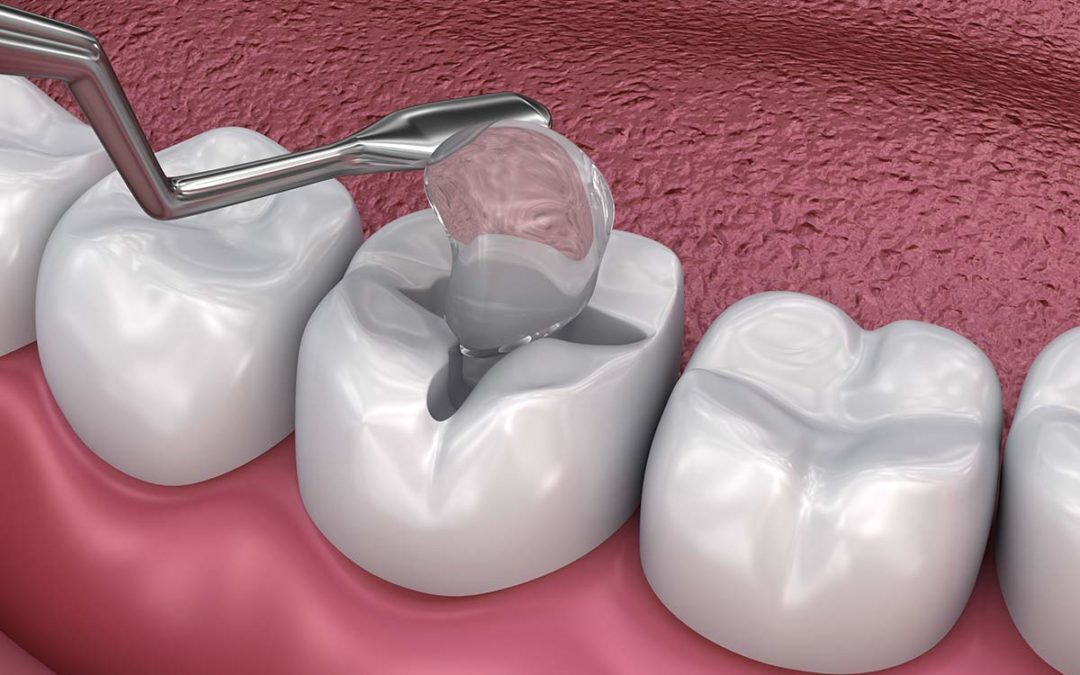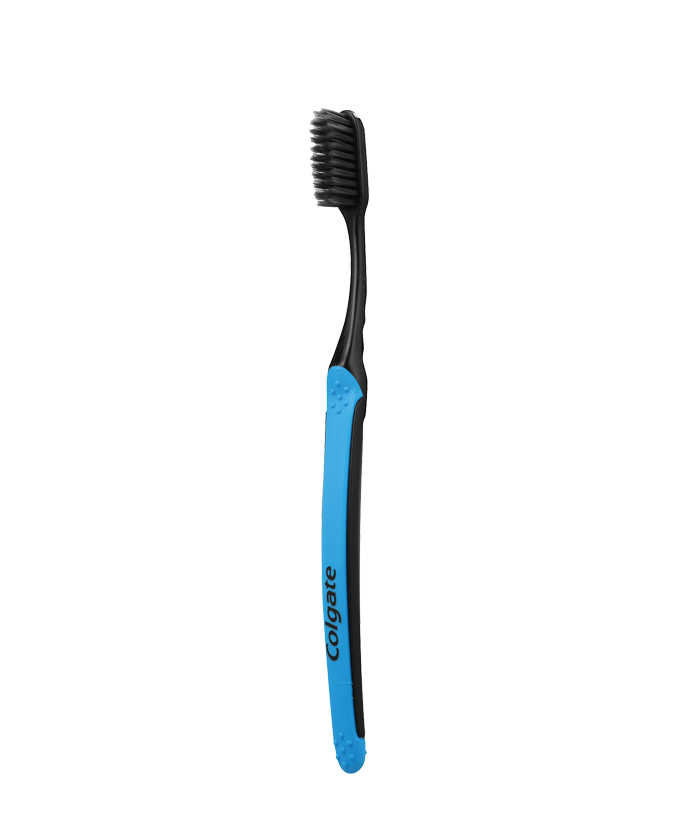What Causes Cavity Fillings To Fall Out? Fixing Loose Fillings

The frustration and discomfort of having a cavity filling fall out can be a daunting experience for many individuals. Despite the advances in dental technology and materials, fillings can still fail due to various reasons, leaving patients with a loose or missing filling. Understanding the causes of filling failure is crucial in preventing such incidents and ensuring the longevity of dental restorations.
One of the primary reasons for cavity fillings to fall out is the degradation of the bond between the filling material and the tooth structure. This bond is critical in withstanding the forces of chewing, biting, and other oral functions. Over time, the bond can weaken due to factors such as:
- Tooth decay: If the decay is not completely removed before the filling is placed, it can continue to progress, undermining the filling and causing it to fail.
- Poor filling placement: If the filling is not properly placed or shaped, it can create stress concentrations that lead to fracture or debonding.
- Material failure: The filling material itself can degrade or fail, especially if it is not suitable for the specific tooth or oral condition.
- Chewing forces: Excessive chewing forces, such as those experienced by individuals with bruxism or teeth grinding habits, can put additional stress on the filling, causing it to loosen or fall out.
- Aging: As we age, our teeth naturally undergo changes that can affect the filling, such as tooth wear, recession, or changes in the pulp chamber.
Another significant factor contributing to filling failure is the type of filling material used. Traditional amalgam fillings, for instance, are more prone to cracking and failing compared to modern composite resin fillings. However, even composite fillings can fail if not properly placed or maintained.
It's essential to note that fillings are not a permanent solution and will eventually need to be replaced. Regular dental check-ups and maintenance can help identify potential issues before they become major problems.
In addition to these factors, other causes of filling failure can include:
- Trauma: A sudden blow to the tooth or filling can cause it to become dislodged or damaged.
- Gum recession: As the gums recede, the filling can become exposed, leading to sensitivity and increased risk of failure.
- Tooth fracture: A fracture in the tooth can compromise the filling and cause it to fail.
Fixing a loose filling requires prompt attention to prevent further damage or complications. The treatment approach will depend on the severity of the issue and the type of filling material used. In some cases, a simple re-cementation or re-bonding of the filling may be sufficient, while in other cases, a new filling may be necessary.
Steps to Fix a Loose Filling:
- Schedule an emergency appointment: If you notice a loose filling, contact your dentist immediately to schedule an emergency appointment.
- Assess the damage: Your dentist will evaluate the extent of the damage and determine the best course of treatment.
- Clean and prepare the area: The dentist will clean and prepare the area around the filling to ensure a secure bond.
- Re-cement or re-bond the filling: If the filling is still intact, the dentist may be able to re-cement or re-bond it to the tooth.
- Place a new filling: If the filling is damaged beyond repair, a new filling may be necessary.
To minimize the risk of filling failure, it’s crucial to maintain good oral hygiene practices, including regular brushing, flossing, and dental check-ups. Additionally, avoiding habits such as teeth grinding or clenching, and using a mouthguard during sports or other high-impact activities, can help reduce the stress on fillings and extend their lifespan.
Pros and Cons of Different Filling Materials:
| Material | Pros | Cons |
|---|---|---|
| Amalgam | Durable, easy to place | Mercury content, prone to cracking |
| Composite Resin | Aesthetically pleasing, versatile | More expensive, requires precise placement |
| Ceramic | Durable, resistant to wear | More expensive, may require additional procedures |

In conclusion, understanding the causes of cavity filling failure is essential in preventing such incidents and ensuring the longevity of dental restorations. By maintaining good oral hygiene practices, avoiding harmful habits, and selecting suitable filling materials, individuals can reduce the risk of filling failure and enjoy a healthy, functional smile.
What are the symptoms of a loose filling?
+Symptoms of a loose filling can include sensitivity, pain, or discomfort when chewing or biting, as well as visible signs of wear or damage.
Can a loose filling be prevented?
+Yes, regular dental check-ups, good oral hygiene practices, and avoiding harmful habits can help prevent filling failure.
What are the consequences of ignoring a loose filling?
+Ignoring a loose filling can lead to further damage, increased risk of infection, and potentially more extensive and expensive treatments.

